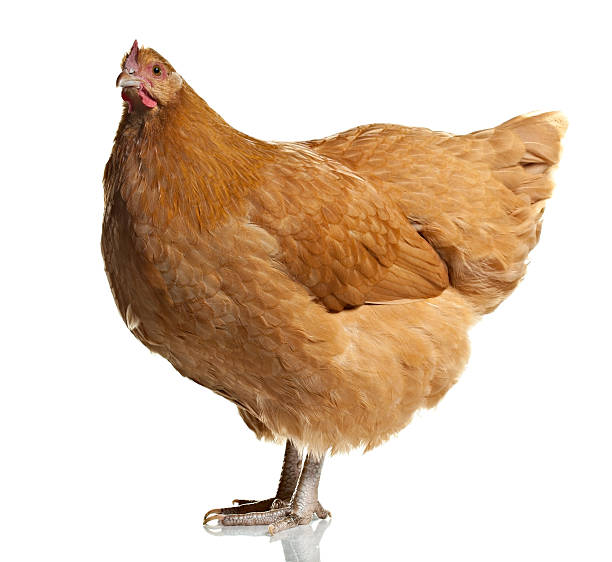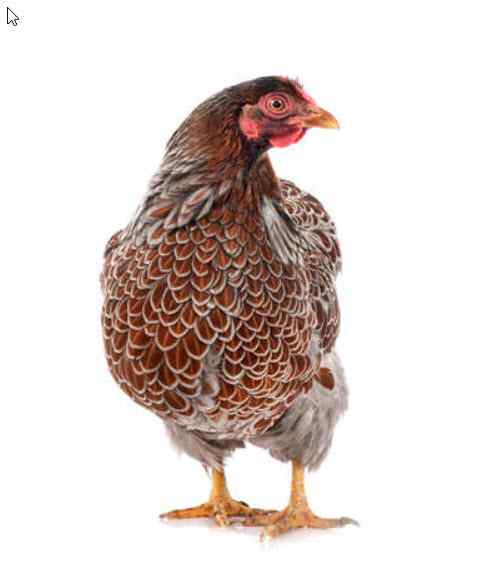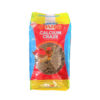Barred Rock Hatching Eggs
A Guide for Poultry Enthusiasts and Backyard Farmers
Barred Rock hatching eggs are a popular choice among poultry keepers, hobby farmers, and homesteaders across the globe. Known for producing one of the most iconic and beloved chicken breeds, the Barred Plymouth Rock, these eggs represent more than just the beginning of a bird’s life—they symbolize sustainability, tradition, and self-sufficiency.
In this article, we’ll explore what makes Barred Rock hatching eggs so sought after, how to care for them during incubation, and what to expect once they hatch.
What Are Barred Rock Hatching Eggs?
Barred Rock hatching eggs are fertilized eggs laid by Barred Plymouth Rock hens, a breed known for its distinctive black-and-white barred plumage, friendly temperament, and excellent egg-laying capabilities. These eggs are fertilized by a Barred Rock rooster, ensuring the offspring carry the defining traits of the breed.
People purchase these eggs to hatch their own Barred Rock chicks at home or on the farm, either for egg production, meat, or as dual-purpose backyard birds.
Why Choose Barred Rocks?
There are several reasons why Barred Rocks are a staple in the poultry world:
-
Dual-Purpose Breed: Barred Rocks are excellent layers of brown eggs (averaging 200–280 per year) and also serve as good meat birds.
-
Cold Hardy: Their dense feathering helps them tolerate cold climates well.
-
Friendly and Docile: They are known for their calm nature, making them great for families and beginners.
-
Heritage Breed: As one of America’s oldest and most iconic breeds, they represent a piece of agricultural history.
-
Self-Reliance: Hatching your own chicks promotes sustainable farming and reduces dependency on hatcheries.
Purchasing Quality Hatching Eggs
When buying Barred Rock hatching eggs, it’s crucial to choose a reputable source. Look for:
-
Fertility Guarantee: Many sellers offer a minimum fertility rate (usually 80% or higher).
-
Clean, Unwashed Eggs: Washing can remove the natural protective bloom, reducing hatchability.
-
Proper Packaging: Eggs should be well-cushioned and shipped with care to prevent cracks.
-
Breed Purity: Ensure the seller keeps purebred flocks without crossbreeding unless stated.
Popular places to purchase include small farms, local breeders, online hatcheries, and poultry auctions.
Incubation Process
Successfully hatching Barred Rock eggs requires attention to detail. Here’s a quick guide:
-
Storage Before Incubation:
-
Keep eggs in a cool, slightly humid place (55–60°F).
-
Store with the pointed end down.
-
Set eggs within 7–10 days for optimal hatch rates.
-
-
Incubation Settings:
-
Temperature: 99.5°F in forced-air incubators or 101.5°F for still-air.
-
Humidity: 40–50% for the first 18 days; increase to 65–70% for the last 3 days (lockdown).
-
Turning: Eggs should be turned at least 3 times daily until day 18.
-
-
Hatching Time:
-
Barred Rock eggs take about 21 days to hatch.
-
On day 18, stop turning the eggs and increase humidity for hatch support.
-
Chicks usually begin to pip (crack the shell) around day 20.
-
After the Hatch: Raising Barred Rock Chicks
Once hatched, chicks should be moved to a warm, dry brooder set at around 95°F for the first week, gradually decreasing the temperature by 5°F each week.
Expect Barred Rock chicks to feather out quickly, exhibit friendly behavior early on, and grow into hardy, productive birds. By 18–24 weeks, hens will begin laying beautiful brown eggs, and roosters—if you keep them—will establish their role in the flock.
























